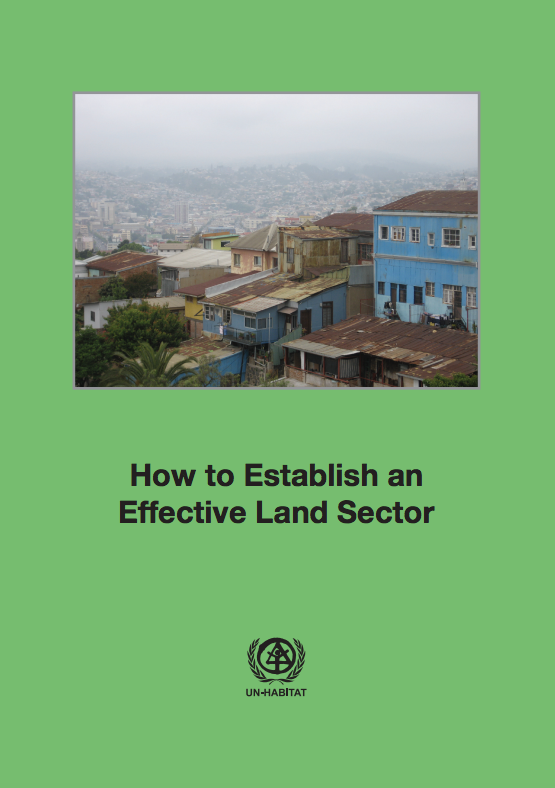How to establish an effective land sector
This guide presents a general overview on institutional harmonisation processes, i.e. the various factors and tools included in fostering institutional harmonisation in a sector. The experiences informing this document mainly result from the tacit knowledge of the land sector in Kenya by UN-Habitat and the Global Land Tool Network (GLTN). They are complemented by experiences from other sectors (such as water, governance and decentralisation), African countries and from state as well as nonstate actors.





